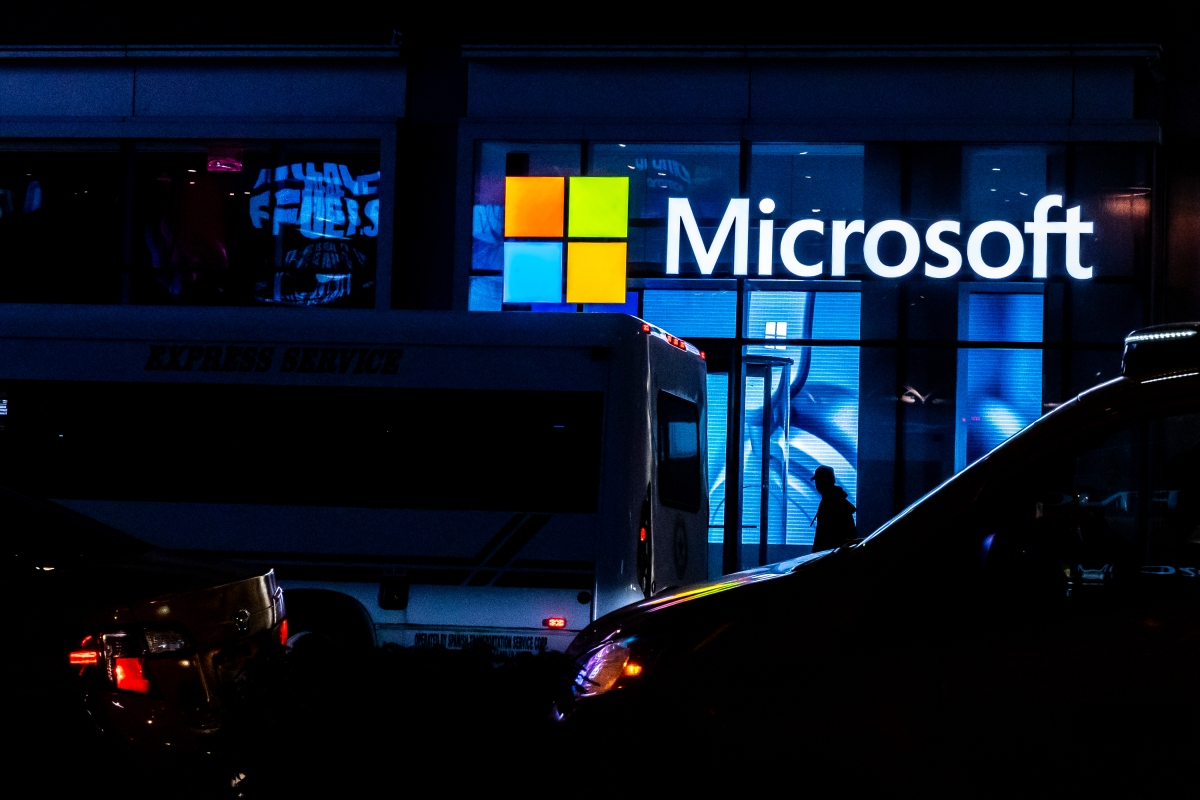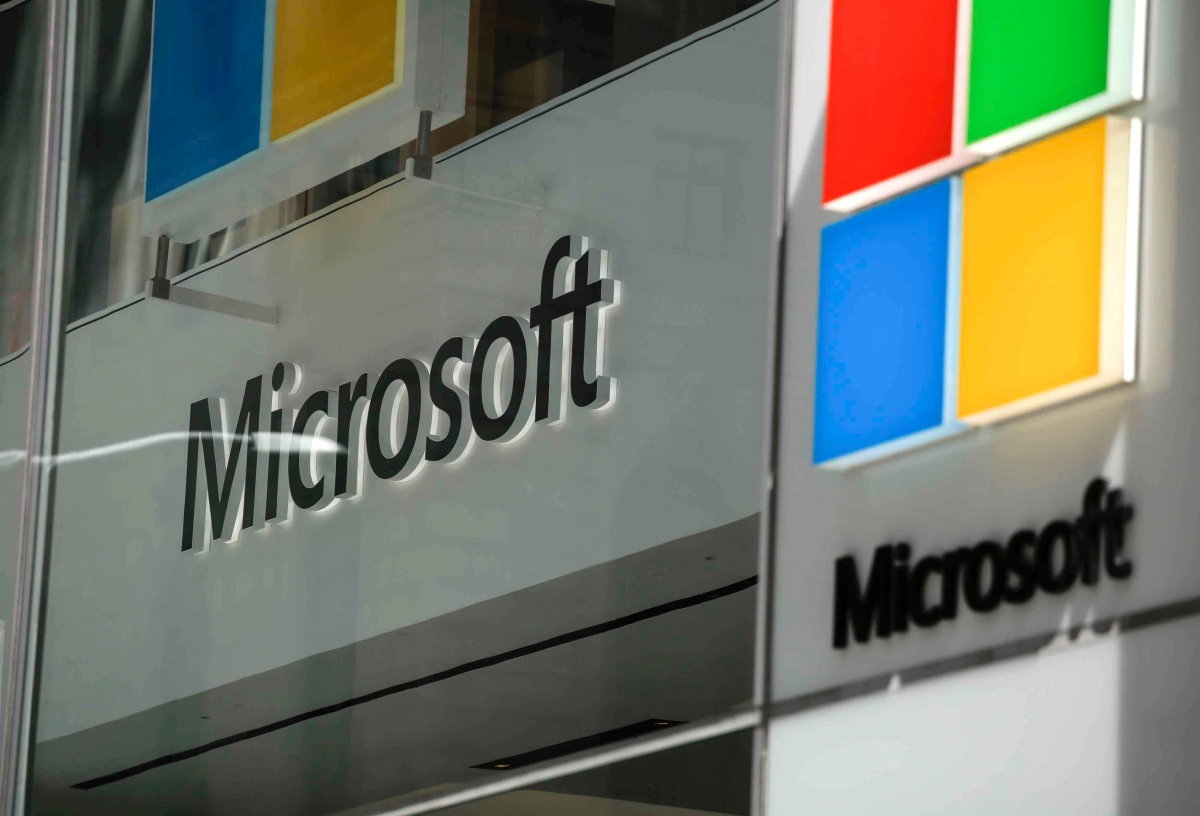Shutterstock to integrate OpenAI’s DALL-E 2 and launch fund for contributor artists • ZebethMedia
Stock image giant Shutterstock has announced a major push into AI generated imagery today in partnership with OpenAI, expanding on a strategic tie-up the pair announced last year. The partnership between Shutterstock and OpenAI will see the latter’s DALL-E 2 image-generating AI system integrating with Shutterstock content and made available to Shutterstock users worldwide — with the integration slated to launch “in the coming months”. AI generated imagery refers to machine learning technology that’s been trained on visual data so it can respond to text-based prompts with a picture reflecting the description. The quality of the results can vary wildly but these AI systems has been coming on in leaps and bounds lately — causing equal parts awe and anger; with many tech users celebrating the ‘democratization’ of art, while visual artists, whose work may have been appropriated as training fodder for these AIs, can be left feeling ripped off. Unsurprisingly, given these sensitivities, Shutterstock’s push into generative AI is being framed as an “ethical” action plan — which includes the launch of a fund to “compensate artists for their contributions”, as its press release puts it. It also says it will be focusing R&D efforts on “gathering and publishing insights related to AI-generated content” — with the goal of positioning itself “at the forefront of the emerging technology”. So, er, RIP stock photographers? Or will the work of stock photographers’ end up being largely redirected towards capturing training data for honing AI models? (‘AI doesn’t kill jobs it changes them’ is the usual mantra applied to the rise of automation — albeit, oftentimes AI replaces lots of jobs with fewer, more specialist jobs so the ratio of winners to losers isn’t necessarily equal, nor is the wealth typically equally distributed…) Shutterstock says contributors will be “compensated” for the role their content played in the development of this technology — which raises plenty of questions, such as how will contributors be identified and how much will they be paid; how will their contribution be quantified exactly; and how will they know if they’re getting fair payment for their contribution or not? Who will audit these compensation frameworks? And, er, where was the consent from artists to becoming contributors to these AI systems in the first place? “Shutterstock believes that AI-generated content is the cumulative effort of its contributing artists. In an effort to create a new industry standard and unlock new revenue streams for the Company’s artist community, Shutterstock has also created the framework to provide additional compensation for artists whose works have contributed to develop the AI models,” Shutterstock writes — dubbing its framework “ethical and equitable”; and saying it will also “aim” to compensate contributors (“in the form of royalties”) when their intellectual property is used. Commenting in a statement, Paul Hennessy, Shutterstock’s CEO, added: “The mediums to express creativity are constantly evolving and expanding. We recognize that it is our great responsibility to embrace this evolution and to ensure that the generative technology that drives innovation is grounded in ethical practices. We have a long history of integrating AI into every part of our business. This expert-level competency makes Shutterstock the ideal partner to help our creative community navigate this new technology. And we’re committed to developing best practices and experiences to deliver on our purpose, which is to empower the world to create with confidence.” “The data we licensed from Shutterstock was critical to the training of DALL-E,” confirmed Sam Altman, OpenAI’s CEO, in another supporting statement, before adding: “We’re excited for Shutterstock to offer DALL-E images to its customers as one of the first deployments through our API, and we look forward to future collaborations as artificial intelligence becomes an integral part of artists’ creative workflows.” Shutterstock is operating a wait list for getting access to the forthcoming integration of its content with OpenAi’s DALL-E 2 image generator — the list is available on its website.


